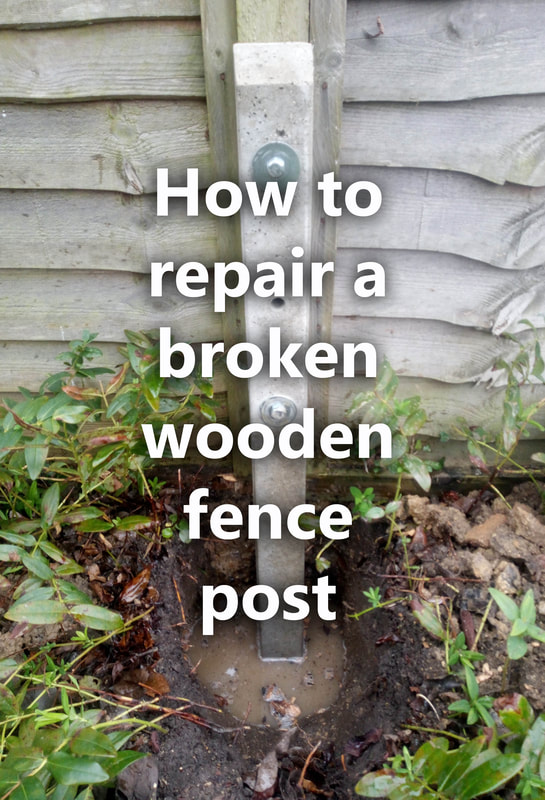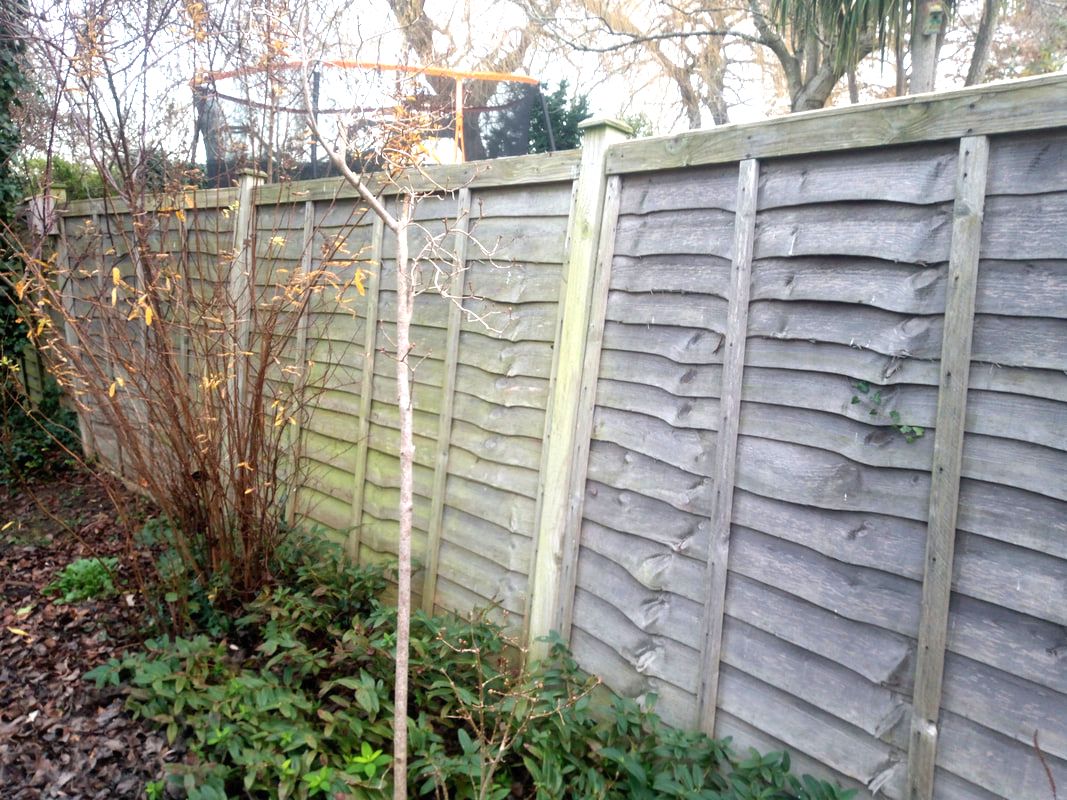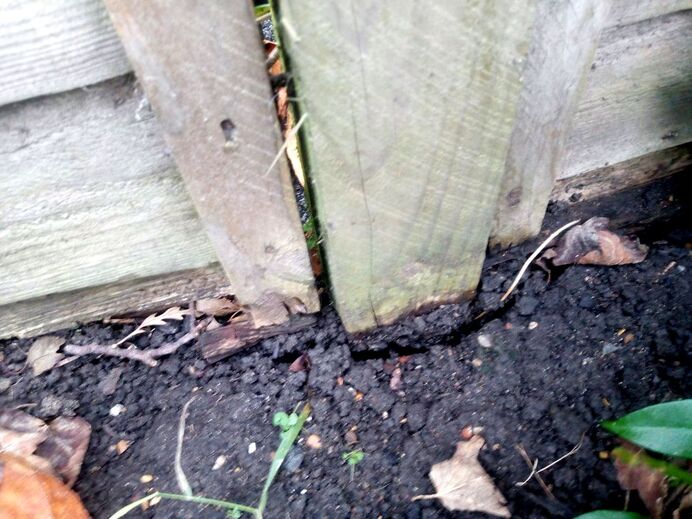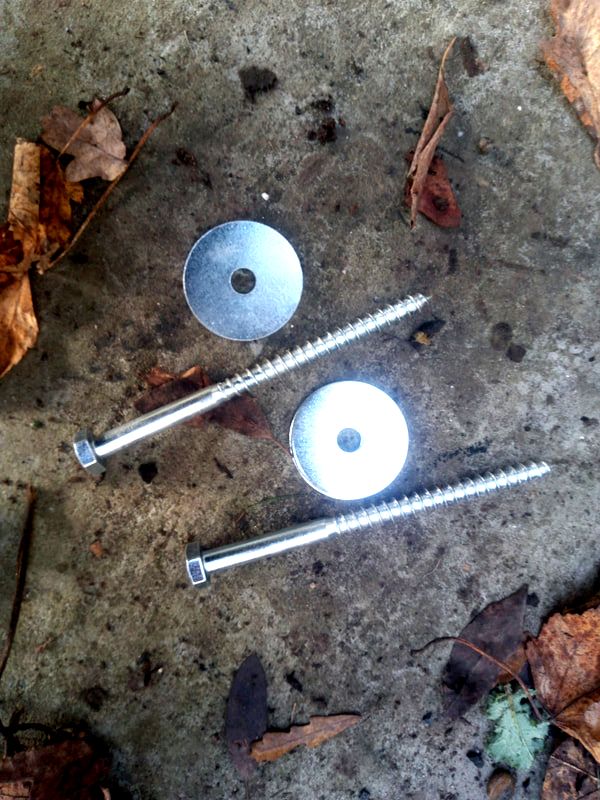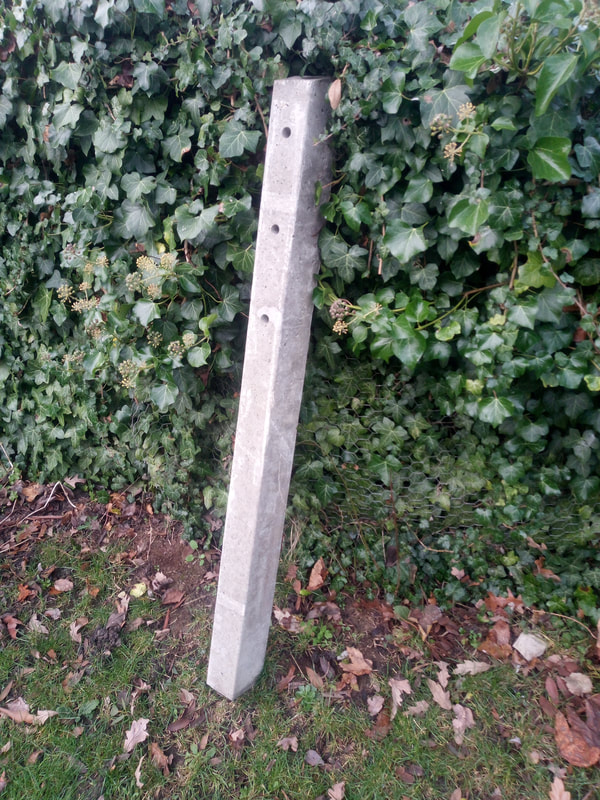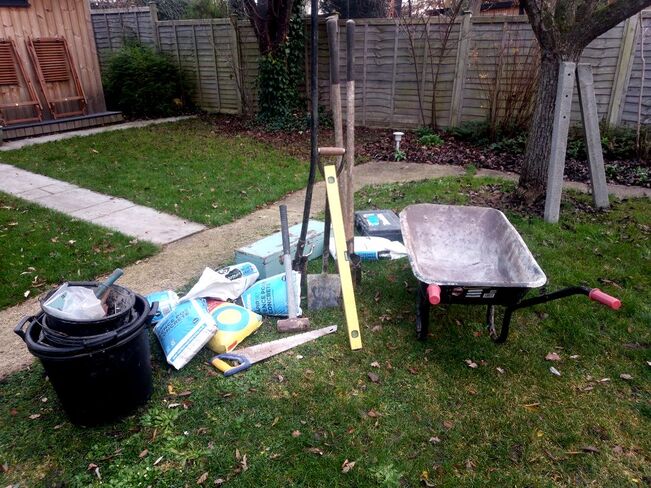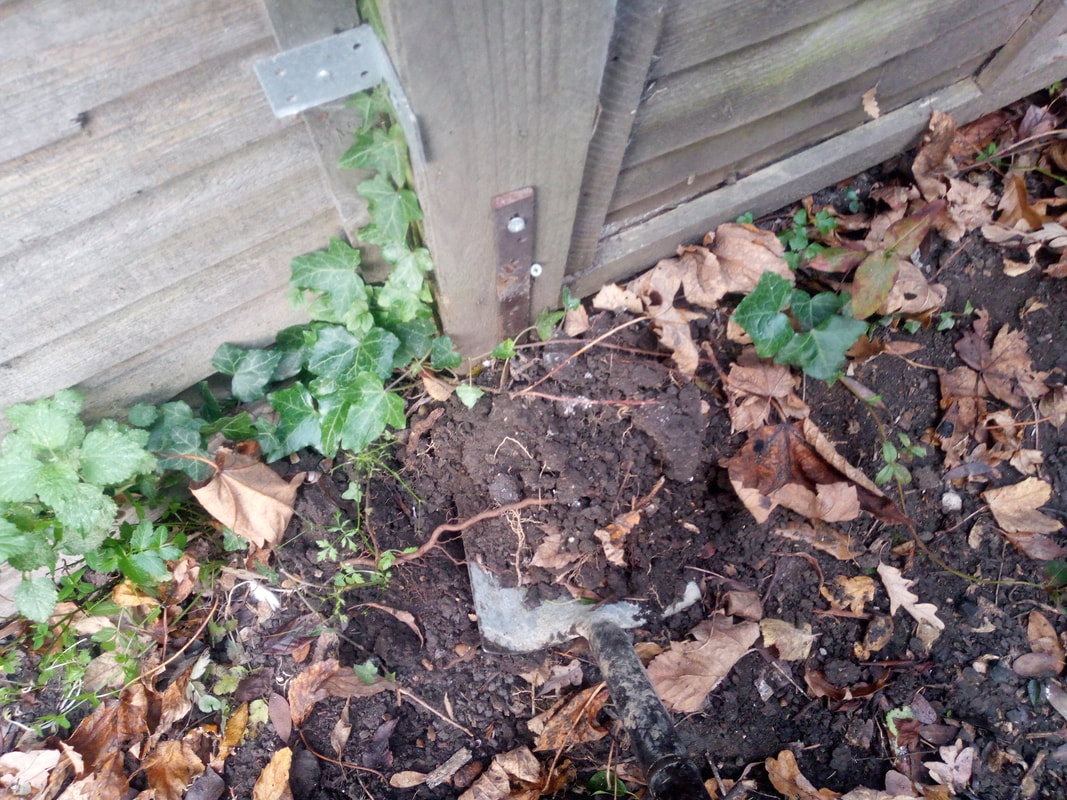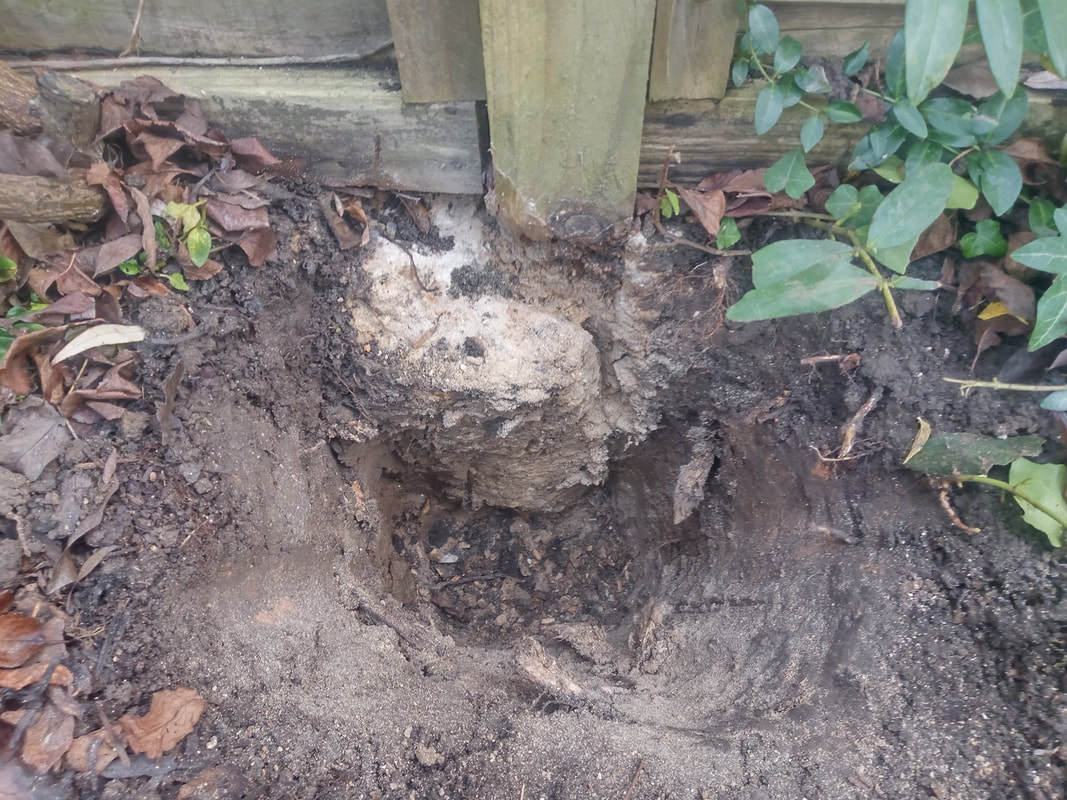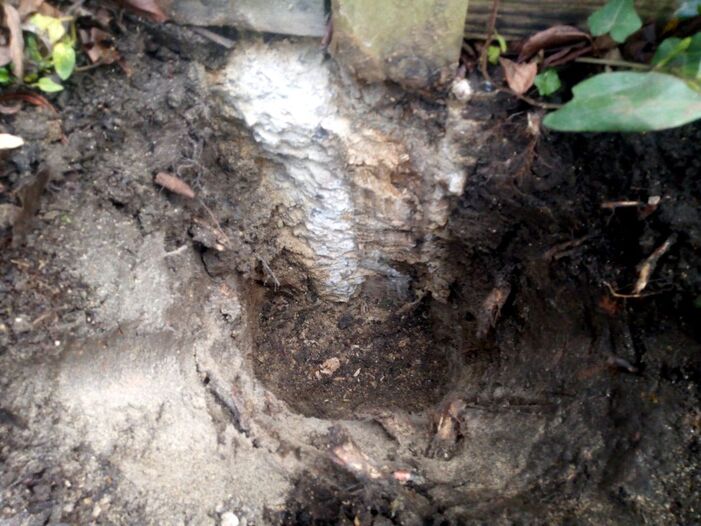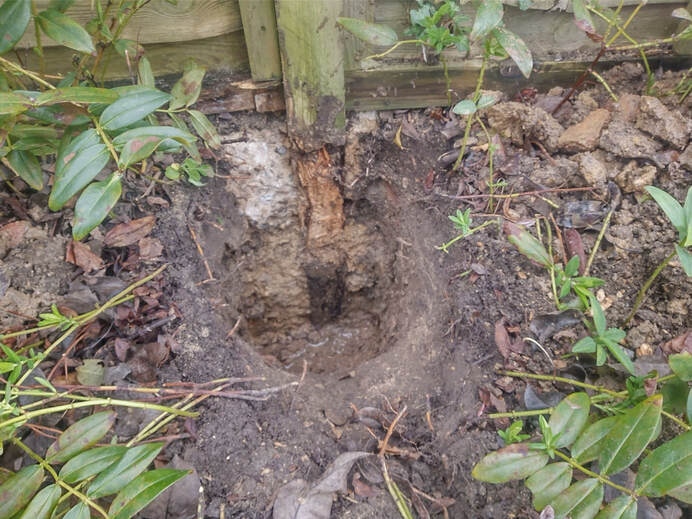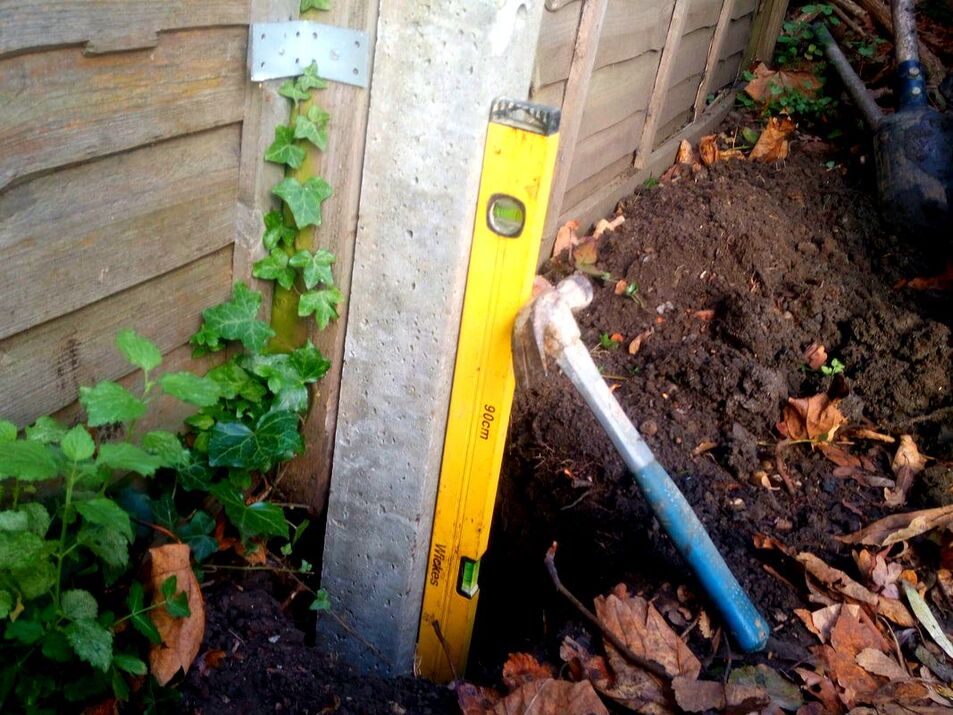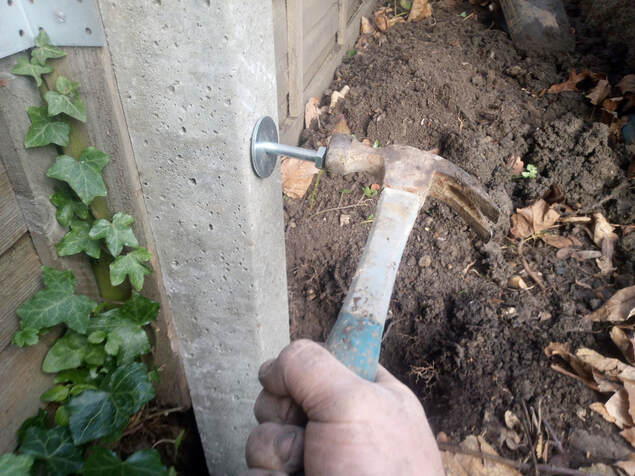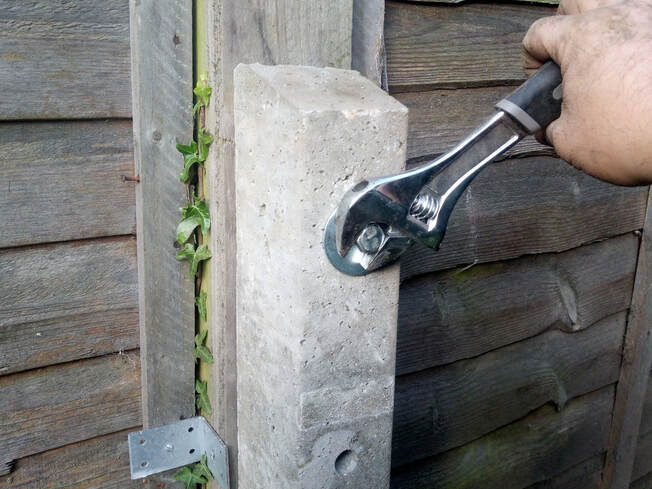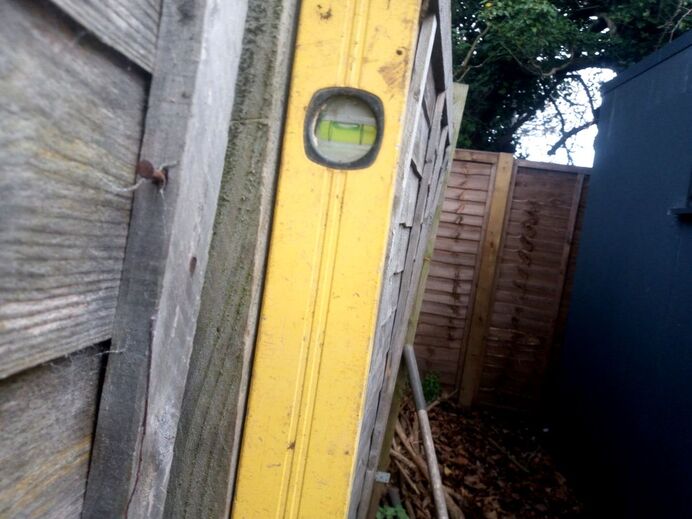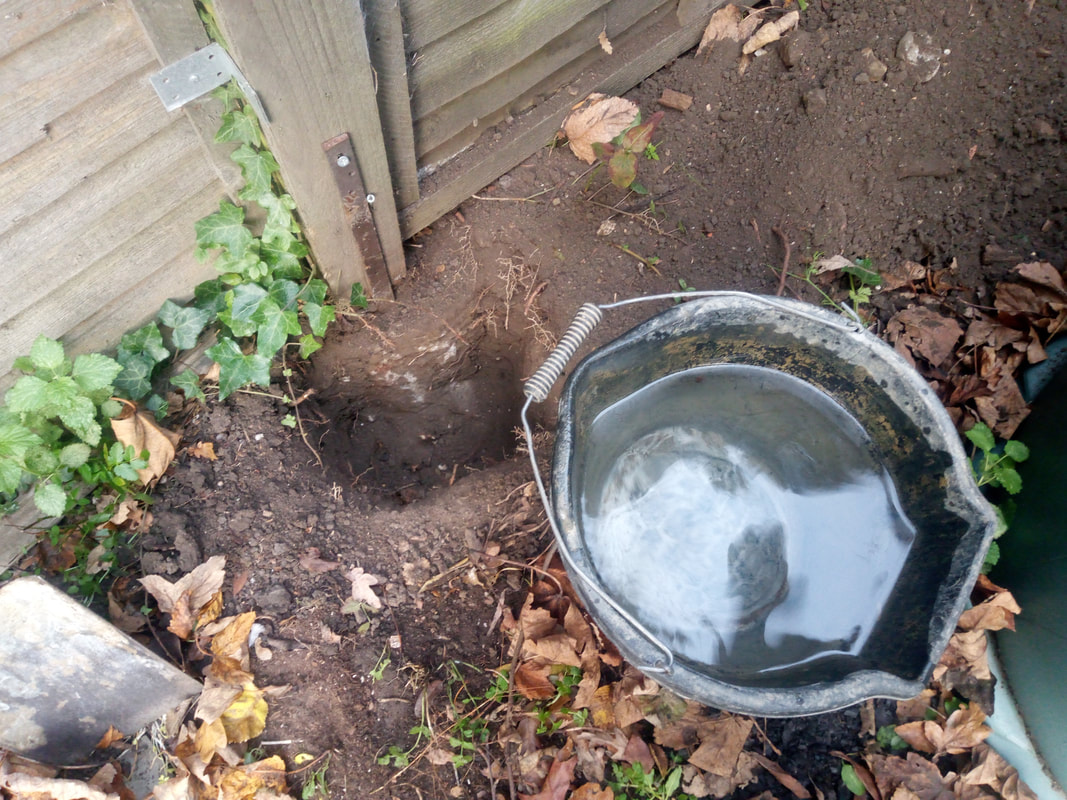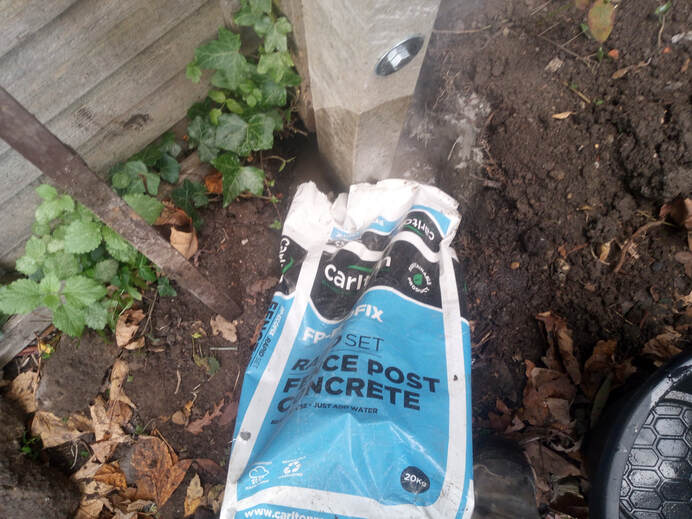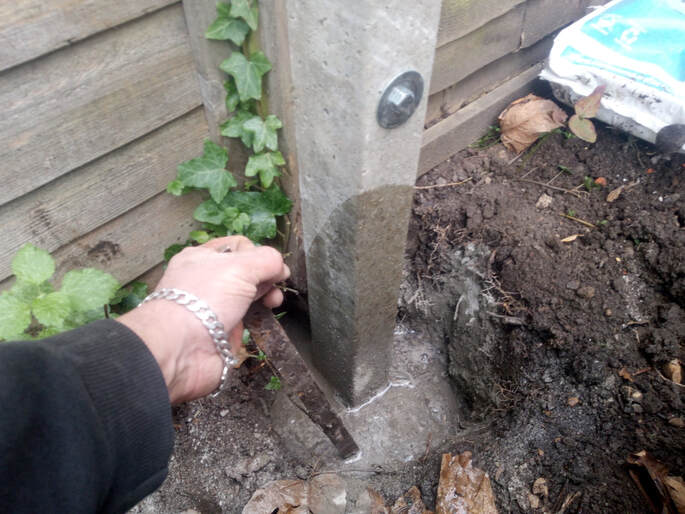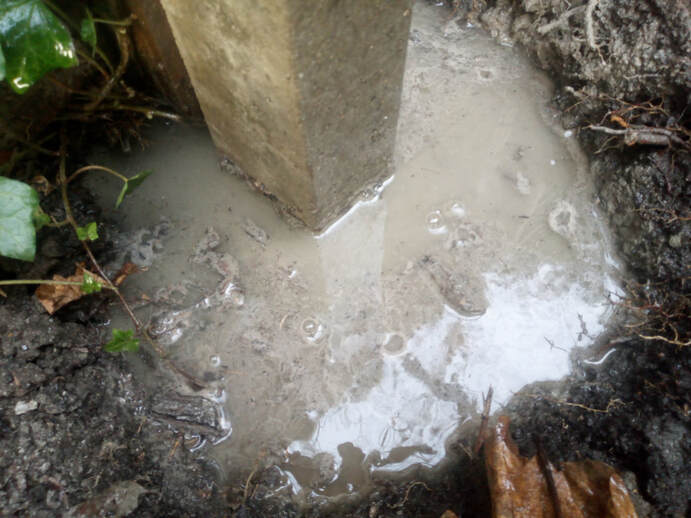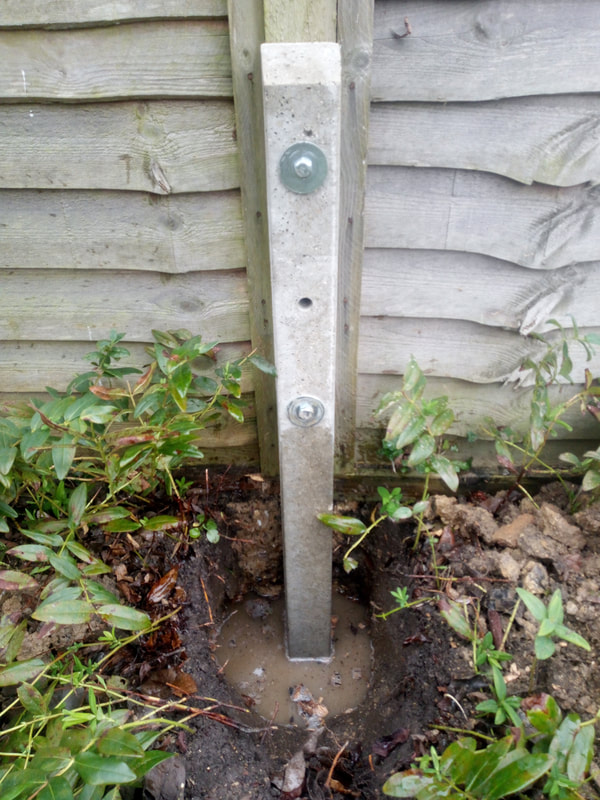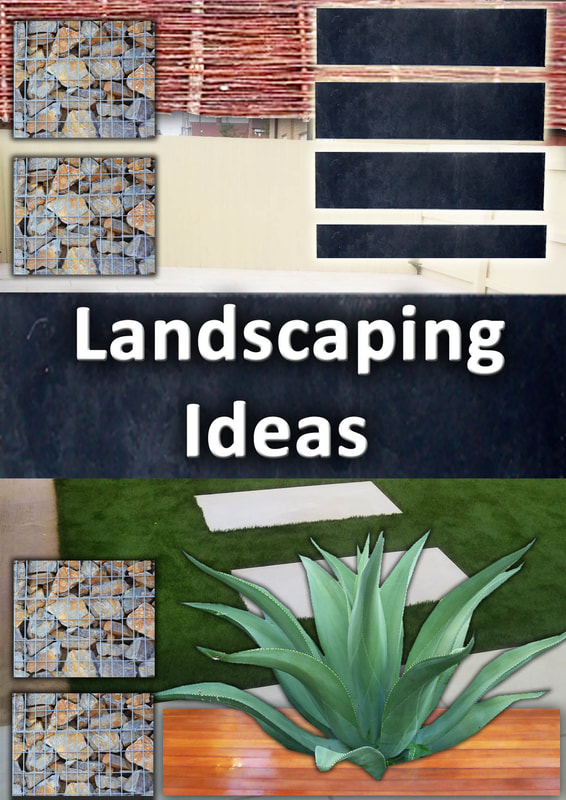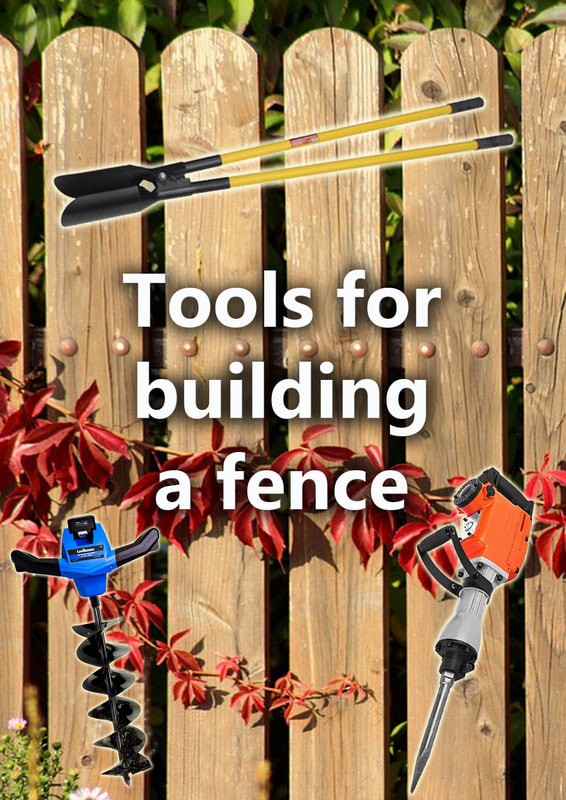|
This article contains affiliate links
If there is one garden issue which always seems to raise its ugly head it is broken fence posts.
During times of excessive wet and high winds weak posts can easily break threatening to fell sections of the fence boundary. If not treated, the weight of the now flimsy fence can trigger more posts and panels to break. Hence it is quite important these broken posts are fixed sooner rather than later. In this article we will show you how to repair broken wooden fence posts with concrete repair spurs step by step with pictures. Why do wooden fence posts break?
Timber fence posts are usually treated to defend against rot however such treatment does not last forever. Timber is still an organic, building material and is still vulnerable to degradation over time. Typically timber fence posts snap at the base where the soil meats the concrete. This is due to a high concentration of moisture and microorganisms in the ground slowly decaying the timber. The forces of leverage put on posts during times of heavy wind also make the base a natural weak point.
|
The Author
|
Landscaping services across Buckinghamshire, Amersham, Aylesbury & High Wycombe
Hyde Heath, Amersham, Buckinghamshire |
|
